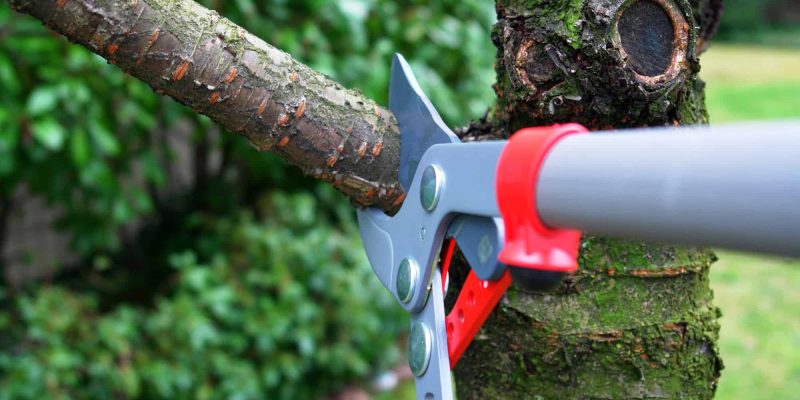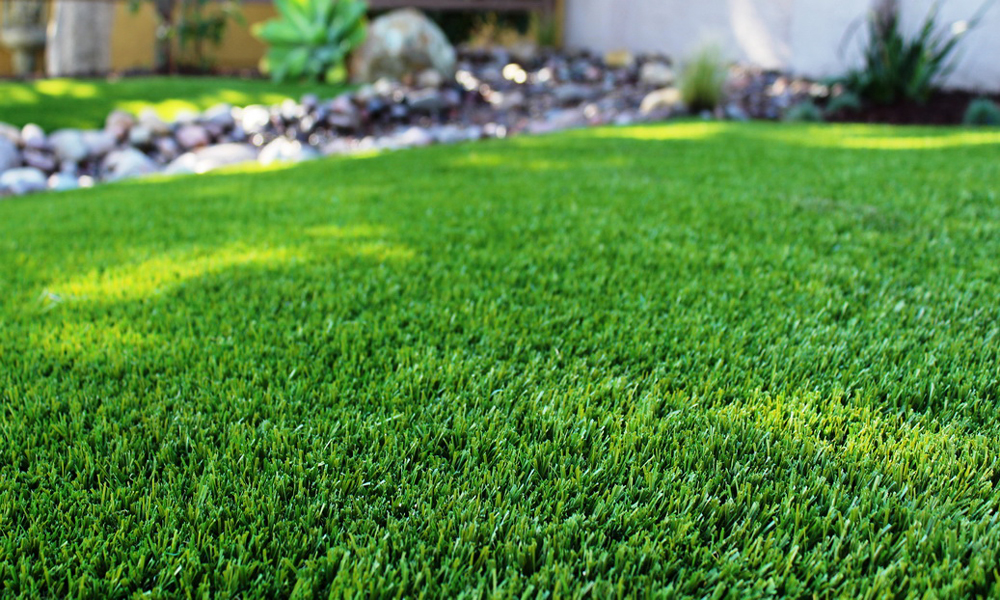The science and practice of tree pruning isn’t merely about aesthetics or routine maintenance—it’s a profound intervention that shapes the destiny of living monuments that have weathered seasons and storms long before we laid claim to the land beneath their canopies.
The Unforgiving Edge
I’ve seen it countless times across Singapore’s manicured landscapes: trees bearing the scars of hasty, uninformed cuts. These wounds don’t simply heal like human skin. They remain, festering entries for disease, silent harbingers of a slow death that might take years to become apparent. The difference between a proper pruning cut and a damaging one measure millimetres, but its consequences span decades.
A veteran arborist with thirty years tending to Singapore’s urban forest put it bluntly: “When you cut, you’re making a decision that tree will live with for the rest of its life. There are no do-overs in this business.”
The gravity of this reality escapes most property owners until it’s too late—until the magnificent rain tree that survived countless monsoons succumbs not to nature’s fury but to the accumulated injuries of improper human intervention.
The Biological Imperative
Trees don’t respond to pruning the way we might intuitively expect. They are not passive subjects but complex organisms with intricate defense systems and growth responses that have evolved over millions of years:
- Cutting a branch doesn’t simply remove it—it redirects energy throughout the entire tree
- Improper cuts prevent the formation of callus tissue needed to seal wounds
- Each major pruning cut affects the root system in ways invisible above ground
- The timing of cuts can determine whether a tree thrives or declines over subsequent seasons
“In Singapore’s context, many property owners fail to recognize that our tropical growing conditions mean trees respond differently to pruning than in temperate regions,” explains a scientist specializing in urban forestry. “The continuous growth patterns here make timing and technique even more critical.”
This biological reality demands an approach to pruning guided by science rather than convenience or aesthetics alone.
The Seasonal Question
Among the most persistent myths in tree care is the notion of universal “best seasons” for pruning. The reality, particularly in Singapore’s climate, proves far more nuanced:
- Different species enter dormancy periods at different times, even within the same climate
- Storm-prone periods demand different structural pruning considerations
- Flowering and fruiting cycles should dictate pruning timing for ornamental species
- Disease pressure varies seasonally, affecting the healing of pruning wounds
A seasoned practitioner who has spent decades observing tree responses in Singapore’s unique climate notes: “There’s no single right answer to when pruning should happen. What works for a rain tree is wrong for a Tembusu, and what’s ideal in January might be destructive in September for the same species.”
This complexity demands more than generic advice—it requires informed, species-specific approaches adapted to local conditions.
The Canopy Architecture
At its highest level, pruning transcends mere branch removal to become a form of living sculpture—one that balances aesthetic considerations with structural integrity and biological function:
- Strategic thinning improves wind penetration, reducing storm damage potential
- Crown raising creates clearance while preserving critical foliage mass
- Reduction cuts lessen leverage on weak unions without creating stump branches
- Restoration pruning gradually rebuilds proper structure after damage or previous improper cuts
“The most skilled pruners I’ve worked with in Singapore approach each tree as both an engineering problem and a living system,” observes a landscape architect with decades of experience in the region. “They’re simultaneously thinking about branch collar formation, weight distribution, and how the tree will respond over the next five years.”
This architectural perspective transforms pruning from reactive maintenance to proactive care that anticipates a tree’s development across decades.
The Tool Truth
The implements of pruning might seem secondary to technique, but in reality, they often determine outcomes as powerfully as knowledge itself:
- Clean cuts require blade sharpness matched to wood density
- Different branch diameters demand different cutting implements
- Disinfection between cuts prevents pathogen spread
- Tool quality affects operator fatigue, which directly impacts cut precision
“I’ve watched countless trees decline from cuts made with dull blades,” recalls a veteran of Singapore’s parks management. “The crushed cells at the wound site never properly seal, creating entry points for the fungi that eventually hollow out the heartwood.”
This technical reality emphasizes that proper pruning depends not just on knowledge but on proper equipment maintained to exacting standards.
The Human Factor
Perhaps the most overlooked aspect of pruning lies in the psychological relationship between human decision-makers and the trees in their care:
- Impatience often drives excessive removal that trees cannot recover from
- Fear following storm events frequently leads to unnecessary “safety pruning”
- Aesthetic preferences seldom align with biological tree needs
- The disconnect between cutting timeframes and response timeframes leads to cumulative damage
A psychologist who has studied decision-making around tree management observes: “Humans struggle to think on tree time. We want immediate results, but trees operate on timescales of seasons and decades. This fundamental mismatch drives much of the damaging pruning I see.”
Conclusion
The brutal truth about tree care remains difficult for many property owners to accept: trees operate on timescales that make our human impatience their greatest threat. The magnificent specimens that define our landscapes, that transform concrete jungles into livable spaces, are perpetually vulnerable to the well-intentioned but uninformed cut.
Their survival depends on our willingness to surrender quick fixes and aesthetic control in favour of biological reality—to acknowledge that our intervention, while sometimes necessary, must be undertaken with humility and informed restraint. The future of our urban canopy hangs quite literally in the balance of each decision we make about tree pruning.











Comments